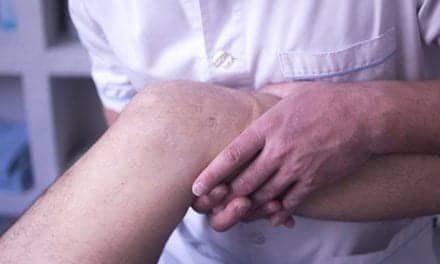A USA Track and Field consultant and a US Olympian suggest, in a recent study, that the stride length people naturally choose while running is the best for them, regardless of running experience.
“Don’t worry about changing your stride length,” says consultant Iain Hunter, a professor of exercise science at Brigham Young University (BYU). “You should just leave it alone or you’re going to use more energy in the end.”
The study, published recently in the International Journal of Exercise Science, measured the energy use of 33 runners while carrying out various strides during a 20-minute run. Of those runners, 19 were experienced runners (meaning they averaged at least 20 miles a week) while 14 were inexperienced runners (people who have never run more than 5 miles in a week), according to a media release from Brigham Young University.
During their runs, participants used five different stride lengths: their natural stride, and then strides of plus and minus 8% and 16% of their normal stride. Subjects maintained the adjusted strides thanks to the assistance of a computer-based metronome, which beeped each time their foot should’ve hit the treadmill. Meanwhile, researchers measured the energy output of the runners with masks that recorded the amount of oxygen used.
The results found both the experienced and the inexperienced runners were most efficient when they were using their preferred stride, the release continues.
Per these results, the researchers suggest that athletes and coaches shouldn’t alter a runner’s stride length when economy is the main concern.
“Just let it happen; it doesn’t need to be coached,” Hunter continues. “Your body is your best coach for stride length.”
Jared Ward, who competed in the 2016 Olympics and is an adjunct faculty in the BYU statistics department, states that the takeaway from this study is similar to that of elite runners: Be very careful if you’re trying to alter your stride if efficiency is your main concern.
“Many people are advocating for various ‘optimal’ running forms, but this study shows even novice runners shouldn’t try to run any different than their body naturally does,” he explains. “Enjoy running, and worry less about what things look like.”
[Source(s): Brigham Young University, Science Daily]





